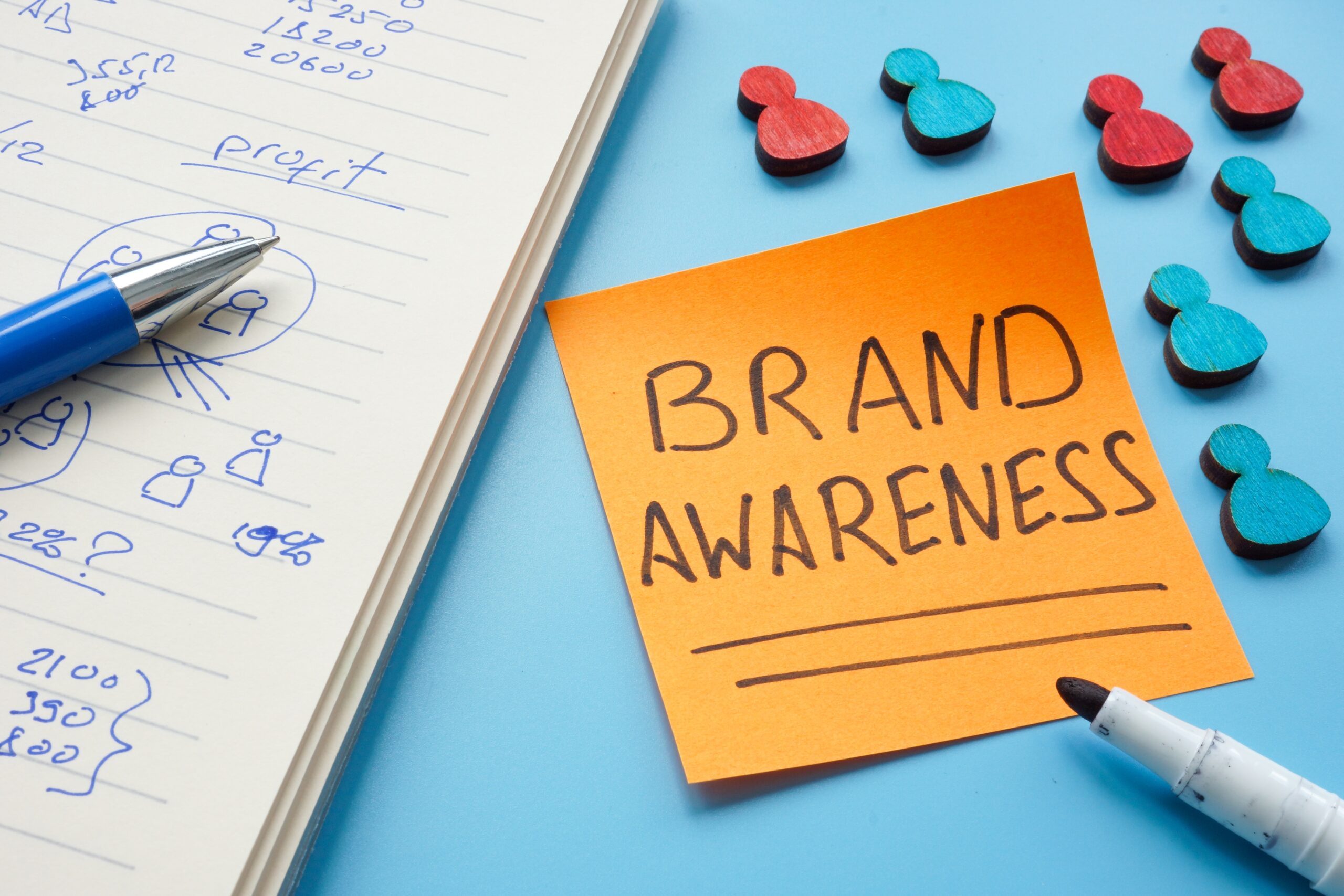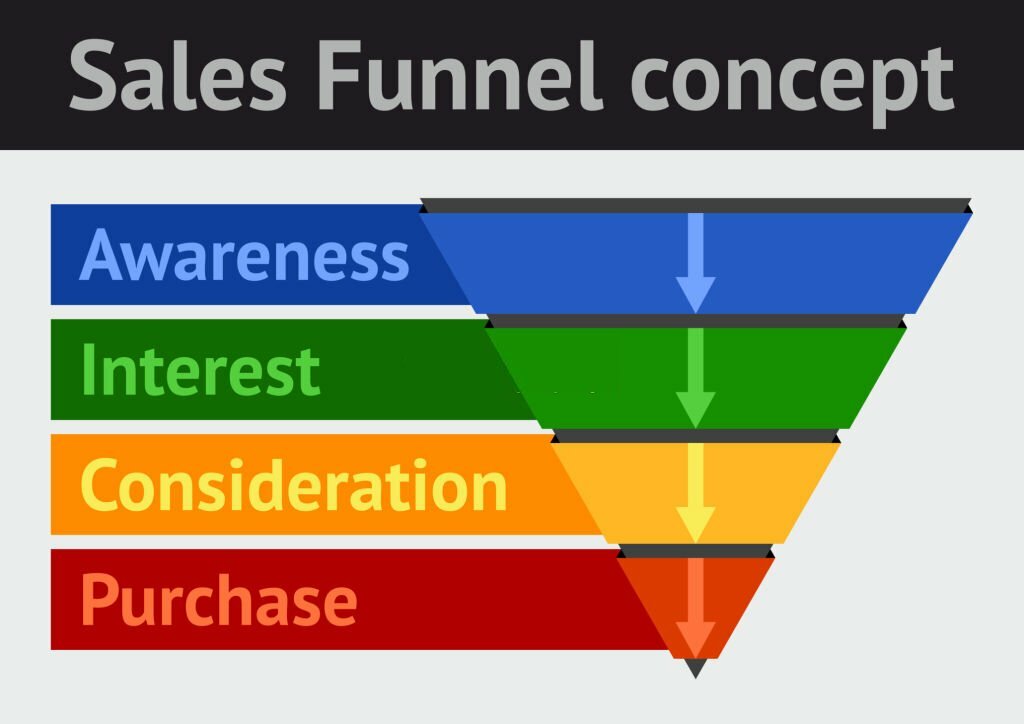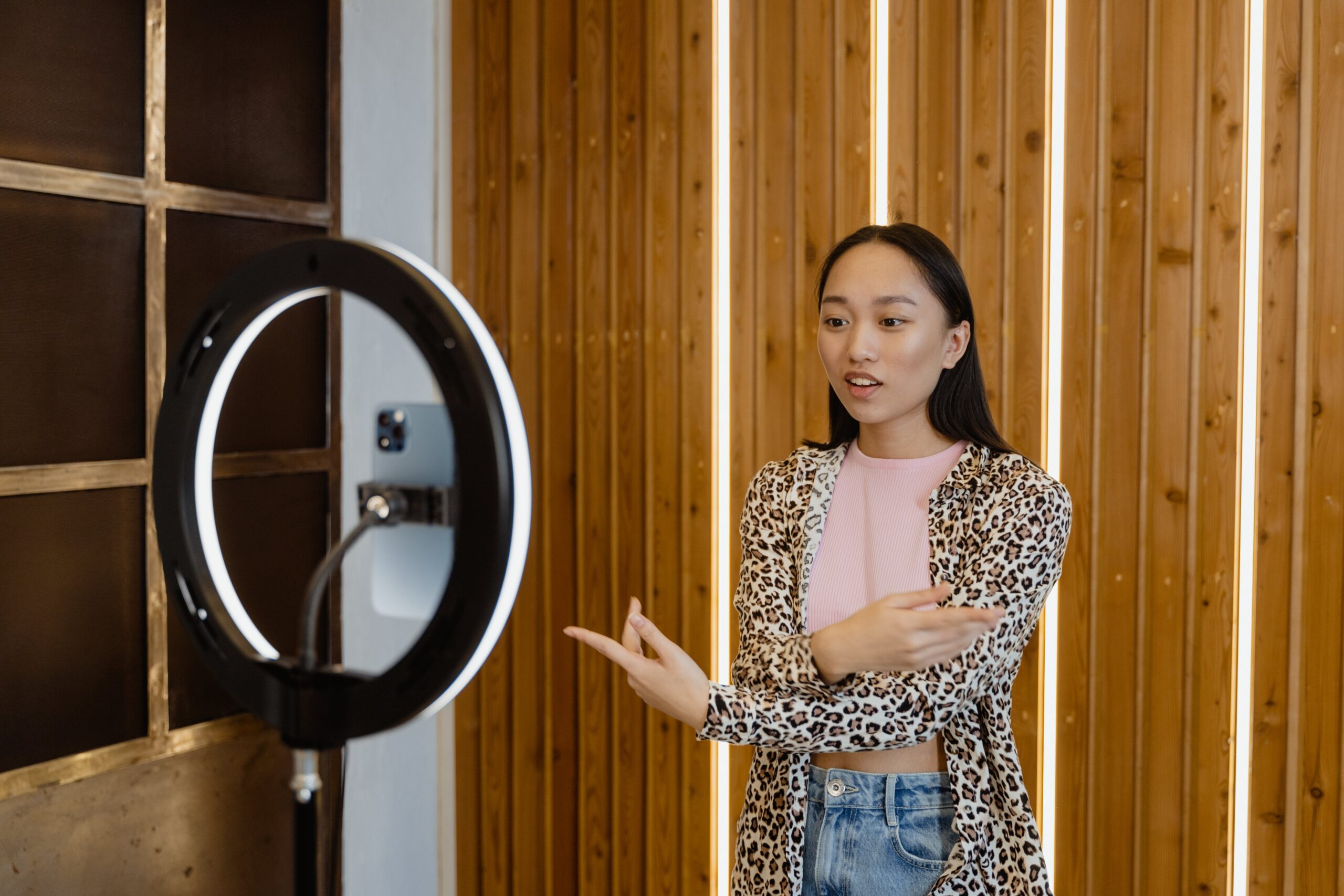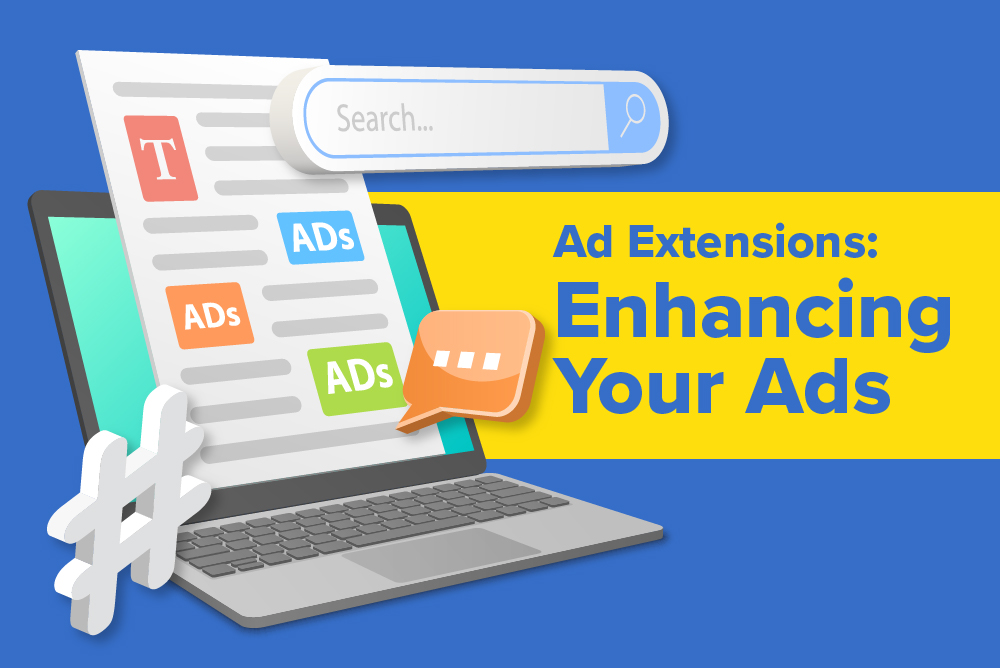Selecting the right Facebook ad campaign objective is pivotal for success. Begin by identifying your chief goal, whether it is increasing brand awareness, driving website traffic, or achieving conversions. Delve into the objectives available on your chosen ad platform, understanding their essence. Consider where your target audience stands in their buying journey. New audiences might resonate with brand awareness campaigns, while familiar prospects might be more conversion-centric. Periodic performance evaluation ensures you stay on the right track and make timely adjustments for optimal results.
How to Choose the Ideal Facebook Ad Campaign Objectives?

Navigating the objectives of Facebook ad campaigns can be daunting for those initiating their social media advertising journey. To simplify the process and enhance the efficacy of your campaigns, follow a strategic two-step approach:
- Locate Your Audience: The initial and perhaps most critical step is determining where your potential clients are within the buying journey. Identifying this position facilitates a more tailored and impactful ad strategy.
- Choose the Corresponding Campaign Objective: Once clear about the position of your audience, match that with the most suitable ad campaign objective on Facebook.
Facebook has broadly classified its ad objectives into three distinct categories:
- Awareness Objectives: Tailored for Facebook users at the pinnacle of the sales funnel (TOFU), awareness objectives aim to create interest, drawing attention to your brand, services, or products.
- Consideration Objectives: Positioned for those in the intermediate section of the sales funnel (MOFU), these objectives cater to individuals already acquainted with your brand but eager to gain more insights or details about your offerings.
- Conversion Objectives: The conversion objective targets Facebook users at the bottom of the sales funnel (BOFU). Their core purpose is to catalyse actions – be it sales, lead generation, or fostering repeated business.
A fundamental understanding of these objectives and their underlying purpose forms the bedrock of a successful ad strategy. With this foundation laid, the subsequent task is to sync your overarching marketing strategy with an objective that resonates with your current sales funnel stage. Assessing a vast suite of Facebook ad objectives against your present needs and picking the most compatible one is the crux of the process. And as intricate as it might sound, with the right approach and clarity, it boils down to a straightforward selection process.
Awareness Objective

This objective plays a pivotal role in Facebook advertising. It aims to elevate awareness of a brand and its services or products. There are two distinct categories of awareness objectives: reach and brand awareness.
1. Brand Awareness Objective
These objectives are your ticket to boosting your brand visibility and resonance. Whether unveiling your brand to a new audience or trying to rejuvenate the brand memory among existing clients, the brand awareness objective is your go-to. It’s similar to launching a novel product; the motive is twofold – to capture the attention of a new audience and signal to your loyalists that something new is on the horizon. When harnessing the brand awareness campaign objective, it’s vital to maintain clarity about its essence. This objective focuses on propagating awareness, not lead generation or increasing engagement.
2. Reach Objective
The reach campaign objective serves those aiming to maximise their brand exposure within a stipulated budget. This objective ensures your brand message resonates among as many potential clients as possible.
It’s particularly advantageous for businesses with a local operational footprint. Imagine managing a bakery shop in a small town. Using the reach campaign objective enhances the shop’s visibility, targeting only genuine potential customers. Instead of casting a wide and indiscriminate net, you’re zeroing in on those more likely to walk through your doors.
Consideration Objective

Beyond mere awareness, the next objective in Facebook’s ad campaign framework is the “Consideration” category. This stage is integral to deepening the connection with your target audience, offering them a deeper insight into what your brand, products, or services stand for.
The essence of the consideration campaign isn’t just about making your audience aware but educating and informing them. It seeks to provide a clearer picture of what potential benefits they can reap from engaging with your offerings.
There are six unique consideration objectives, making it the most diverse category amongst Facebook’s campaign objectives. These six pillars are:
- Traffic
- Engagement
- App Installs
- Video Views
- Lead Generation
- Messages
1. Traffic Objective
If you aim to divert prospects to a designated destination, like your official website or a specific landing page, the traffic campaign objective is an ideal option. For those leveraging tools like the Facebook Pixel on their platforms, the advantage is the ability to monitor visitor activities and retarget them, ensuring they move further down your sales funnel. It’s like posing a question via an ad and guiding the curious clicker to a page that houses the answer.
2. Engagement Objective
Seeking to foster interaction? The engagement objective targets Facebook users more inclined to interact with content, be it likes, comments, shares, or clicks. It branches into:
- Post Engagements: Aim to get reactions to your posts.
- Page Likes: Encourages users to follow and like your Facebook page.
- Page Event Responses: Prompts users to mark attendance for events you’re hosting.
Engagement campaign objectives are excellent for enhancing the organic reach of your content and cultivating a broader, engaged follower base. A prime example would be brand-centric content that beckons users to engage in various ways. Posting at the right time on Facebook is crucial to amplify this effect.
3. App Installs Objective
Perfect for those with a mobile application they want to promote. This objective targets users predisposed to downloading apps, ensuring your app gets prime visibility. It’s straightforward: an appealing visual, succinct description, topped with a ‘Download Now’ prompt.
4. Video Views Objective
Videos are compelling mediums. The video views objective ensures your video reaches an audience inclined to view it, facilitating brand messaging in a dynamic format. These videos often follow a set pattern: concise, engaging, and underscored by appealing audio, ensuring the brand’s core message resonates.
5. Lead Generation Objective
This objective facilitates capturing user information right within Facebook. Customised lead forms allow a brand to gather detailed data. While invaluable at the MOFU stage, remember that it operates exclusively on Facebook, not directing users to external sites.
6. Message Objective
A direct line to your audience, the message campaign’s objective encourages users to initiate conversations. It’s a cross-platform tool encompassing Facebook Messenger, Instagram Direct, and WhatsApp Business. Quick responses, either manual or automated, are crucial to retain interest. Speed and relevance in replies can make or break the effectiveness of this strategy. The objective is to kickstart a conversation; the brand’s representation during this interaction is paramount.
Conversion Objective

Conversions sit at the pinnacle of the sales funnel, representing the culmination of your Facebook marketing efforts. They translate to real value: clients purchasing your products or availing of your services. Conversion-centric advertisement objective is pivotal in fostering these sales and urging users to buy. The journey to getting your audience to convert, or at the very least, consider your business in their decision-making, is driven by conversion campaign objectives.
Three primary conversion objectives outline this category:
- Conversions
- Catalogue Sales
- Store Traffic
These objectives are paramount in Facebook’s ad campaign framework. Designed to engage, interact, and convert, they seek to yield the best return on investment (ROI) and drive essential conversions.
1. Conversion Objective
The conversion objective is straightforward. It prompts your target audience to click through to your website and undertake a designated action – from purchasing, merely browsing, and registering to become an integral part of your community. However, for brands to track these actions beyond Facebook’s platform, setting up conversion events via tools like the Facebook Pixel is essential.
If your site or app isn’t obtaining sufficient conversions, Facebook’s algorithm might struggle with ad delivery. Opt for a conversion action and execute it at least fifty times weekly through engagement, sign-ups, or purchases. The algorithm might not recognise it as a conversion if users don’t align with the set objective metrics, such as signing up within a stipulated timeframe.
2. Catalogue Sales Objective
Tailored predominantly for eCommerce entities, the catalogue sales objective prioritises online shopping experiences. Instead of promoting a singular action, it displays a range of options or products through a slide-able interface, offering users a variety. Automated processes enable Facebook to curate and showcase pertinent products to users likely to show interest. Brands must integrate a product catalogue with their Facebook page for such ads to roll out effectively.
3. Store Traffic Objective
Brick-and-mortar businesses with multiple outlets can leverage the store traffic objective to entice footfalls to their physical locations, fostering a tangible engagement level. Before using this objective, they must register their outlet locations on the Facebook Business Manager. However, a straightforward reach objective with apt advertisement can suffice for businesses with just one outlet.
The difficulties involve logging all business locations on Facebook and relying on consumers to have their location services activated. It may seem niche, but when executed correctly, it can bolster interaction and yield considerable ROI across outlets.
Master Your Facebook Ad Campaign Objectives with First Page

Selecting the ideal Facebook ad campaign objective ensures your advertisements resonate with the intended audience and drive the desired outcomes. The process requires a deep understanding of your business goals, audience behaviour, and the intricacies of Facebook’s ad algorithms.
Enlisting the expertise of a dedicated Facebook ads agency, like First Page, can simplify this journey. With our profound knowledge and experience in social media marketing, we can guide businesses in tailoring ad strategies, optimising their ad spending, aligning each campaign with the brand’s vision, and maximising the return on investment. This way, we can help them create one of the best Facebook marketing campaigns. Remember, the right objective with expert guidance can be a game-changer in your Facebook advertising endeavours.

















